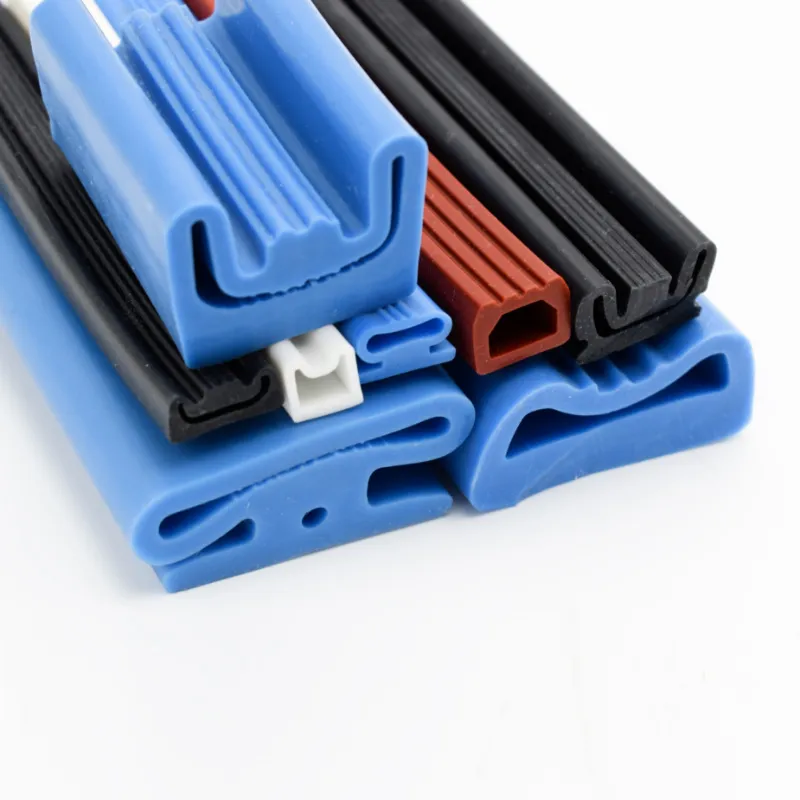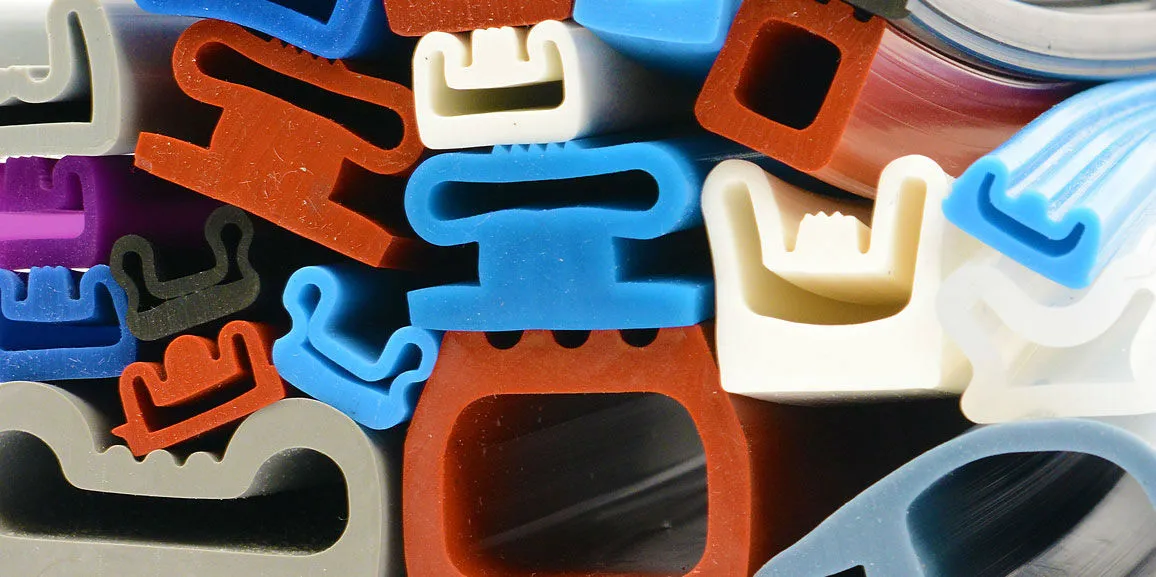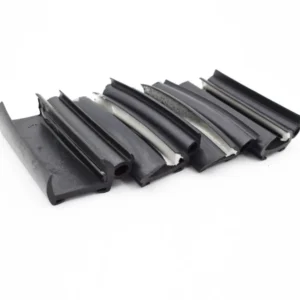Rubber Inflatable Seals
Rubber Inflatable Seals
Our rubber inflatable seals provide precise, adaptive sealing solutions for applications that demand a perfect airtight or watertight seal. Designed to inflate with controlled air pressure, these seals conform to irregular surfaces and ensure consistent, reliable sealing in both static and dynamic environments.
Crafted from high-quality materials such as EPDM, silicone, and neoprene, they offer outstanding resistance to UV, ozone, extreme temperatures, and harsh chemicals, making them ideal for indoor and outdoor applications. With easy installation and minimal maintenance, these seals deliver long-term performance and superior adaptability, ensuring a perfect fit even in challenging environments.
Details About Rubber Inflatable Seals
Details About Rubber Inflatable Seals
Product Description
Our rubber inflatable seals are engineered to provide precise, adaptive sealing solutions for critical applications requiring an airtight or watertight seal. These seals are designed to inflate and deflate with controlled air pressure, conforming perfectly to uneven surfaces to ensure reliable sealing in dynamic environments.
Made from high-quality materials such as EPDM, silicone, and neoprene, these inflatable seals offer excellent resistance to weather, UV, ozone, and extreme temperatures. Their ability to maintain consistent pressure distribution makes them ideal for applications where traditional seals are insufficient. With simple installation and low maintenance, our rubber inflatable seals offer long-lasting performance for both new projects and replacements.
Applications
Rubber inflatable seals are widely used across multiple industries where precise sealing and adaptability are essential:
- Medical and Pharmaceutical Equipment
- Provides airtight sealing in autoclaves and sterilizers
- Ensures controlled environments in cleanrooms and medical devices
- Food Processing Industry
- Offers contamination-free seals for food packaging and processing equipment
- Meets hygiene standards for safe sealing in sensitive environments
- Marine and Offshore Applications
- Ensures watertight seals for ship hatches and equipment enclosures
- Resists saltwater exposure and performs reliably in harsh conditions
- Manufacturing and Automation
- Seals for clamping systems, molds, and presses for precise operation
- Reduces air and fluid leaks in automated systems
These inflatable seals are perfect for both static and dynamic applications, delivering adaptive, repeatable sealing where a high level of precision is required.
Common Rubber Inflatable Seals Materials
Selecting the right material ensures optimal durability and performance for inflatable seals based on the environment and application needs. Below are common materials used:
- EPDM Rubber
- Advantages: Excellent resistance to ozone, UV, and weather. Performs well across a wide temperature range.
- Disadvantages: Limited resistance to oils and chemicals.
- Silicone Rubber
- Advantages: Outstanding temperature resistance and chemical stability. Ideal for hygienic and high-temperature applications.
- Disadvantages: Higher cost compared to other materials.
- Neoprene Rubber
- Advantages: Good resistance to oils, chemicals, and weather. Suitable for marine applications.
- Disadvantages: Less flexible in extremely cold environments.
Choosing the appropriate material ensures reliable, long-lasting sealing, minimizing downtime and maintenance costs.
Discuss the details of
your seal solution
Submit Your Inquiry to Primesealsolution,
All the Inquiries Will Be Replied Within 12 Hours.
More Rubber Seals Support Your Project
More Rubber Seals Support Your Project
FAQ For Rubber Seals
FAQ For Rubber Seals
How to Choose the Right Material?
Customers often ask how to select the appropriate material based on their working environment (e.g., high temperature, low temperature, chemical corrosion). Common materials include EPDM, silicone, nitrile rubber (NBR), and fluororubber (FKM), each offering specific resistance properties for different applications
What Temperature Range Can the Seal Handle?
Customers often ask how to select the appropriate material based on their working environment (e.g., high temperature, low temperature, chemical corrosion). Common materials include EPDM, silicone, nitrile rubber (NBR), and fluororubber (FKM), each offering specific resistance properties for different applications
What Are the Key Points to Ensure Proper Installation?
Proper installation is crucial for performance, and customers want to know how to keep the surface clean, avoid over-stretching, and whether to use lubricants for easier installation
What Should I Do if the Seal Ages or Fails?
Over time, seals may crack or deform. Customers often inquire about how to identify these issues early and use rubber rejuvenators to prolong their lifespan or properly replace failed seals
What Should I Do if the Seal Ages or Fails?
Over time, seals may crack or deform. Customers often inquire about how to identify these issues early and use rubber rejuvenators to prolong their lifespan or properly replace failed seals
Are Rubber Seals Environmentally Friendly?
Clients in eco-focused industries may ask about the material’s recyclability and environmental compliance, especially for projects aligned with green building certifications
How Can I Extend the Seal’s Service Life?
Customers are interested in maintenance tips such as choosing suitable materials, regular cleaning, avoiding overloading, and ensuring proper use to maximize durability









